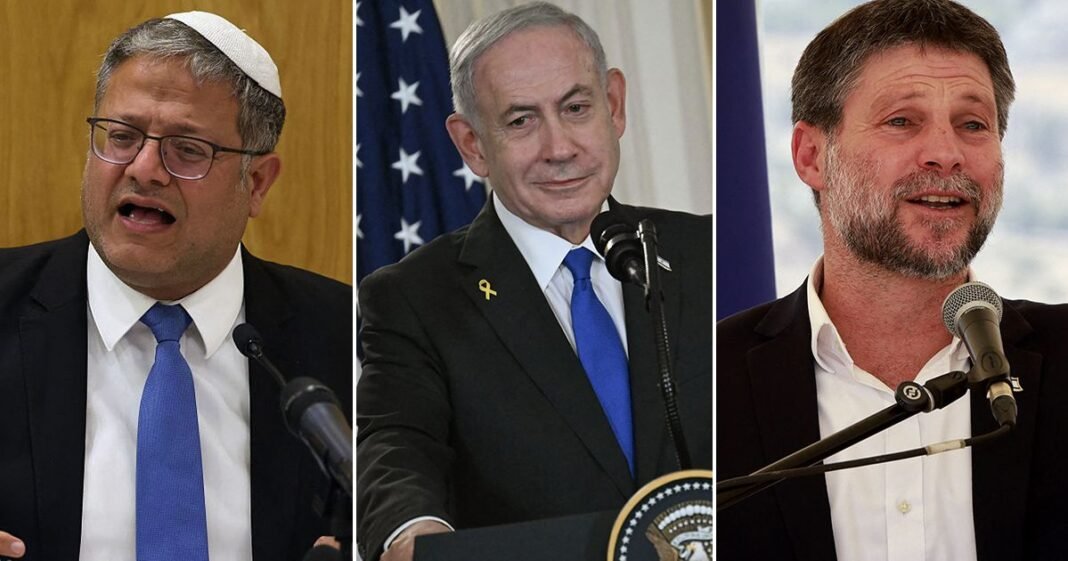Both Tel Aviv and Khan Yunis are filled with celebrations after Israel and Hamas have reached an initial agreement to cease the fighting in Gaza. However, experts caution that a challenging path lies ahead after two years of devastating conflict.
The release of 48 Israeli hostages is anticipated, although the status of less than half of them is uncertain. The well-being of the hostages remains a question mark. In contrast, the people of Gaza are engulfed in profound sorrow.
Estimates suggest that approximately 10,000 unidentified bodies may still be buried under the ruins of the heavily damaged area, in addition to the 67,000 Palestinians who perished during the prolonged conflict.
Despite hopes for lasting peace, concerns linger over the fragility of the agreement. Professor Anthony Glees, an expert in intelligence-led security policies, has raised alarms that Israeli Prime Minister Benjamin Netanyahu might persist in conflict even after the Gaza ceasefire, alongside two controversial figures.
Professor Glees, a politics lecturer at Brunel University, expressed his view to Mirror, stating that the Israeli cabinet is expected to approve the initial phase of the deal later in the day. He highlighted the pivotal role of Qatar and Turkey in mediating the agreement between Hamas and Israel. He also emphasized the potential challenges posed by certain members of Netanyahu’s cabinet.
Reflecting on past tragedies, Professor Glees stressed the need to remember the atrocities committed against both Jews and Palestinians. He acknowledged the opportunity for a genuine ceasefire under the current terms, offering a chance for Gazans to experience peace.
While the ceasefire’s commencement has been postponed to the evening, bombings continue in Gaza. The initial phase will involve the withdrawal of Israeli forces from approximately 70% of Gaza and the transfer of Palestinian prisoners after the release of hostages.
The world watches with a mix of hope and apprehension, hoping to avoid a recurrence of the tumultuous events of the preceding two years.

